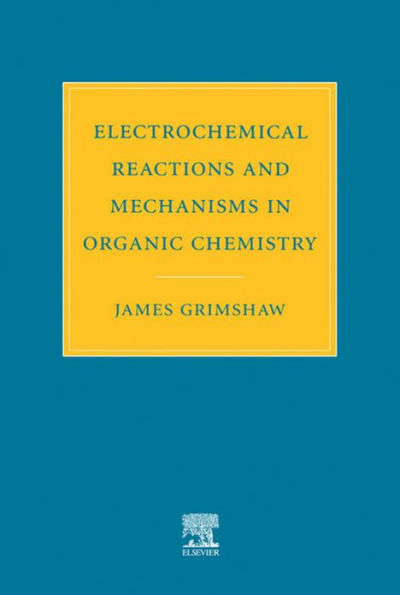5
1

Electrochemical Reactions and Mechanisms in Organic Chemistry
416
Electrochemical Reactions and Mechanisms in Organic Chemistry
416eBook
$331.99
$390.00
Save 15%
Current price is $331.99, Original price is $390. You Save 15%.
Related collections and offers
331.99
In Stock

Product Details
| ISBN-13: | 9780080530727 |
|---|---|
| Publisher: | Elsevier Science |
| Publication date: | 12/01/2000 |
| Sold by: | Barnes & Noble |
| Format: | eBook |
| Pages: | 416 |
| File size: | 11 MB |
| Note: | This product may take a few minutes to download. |
From the B&N Reads Blog
